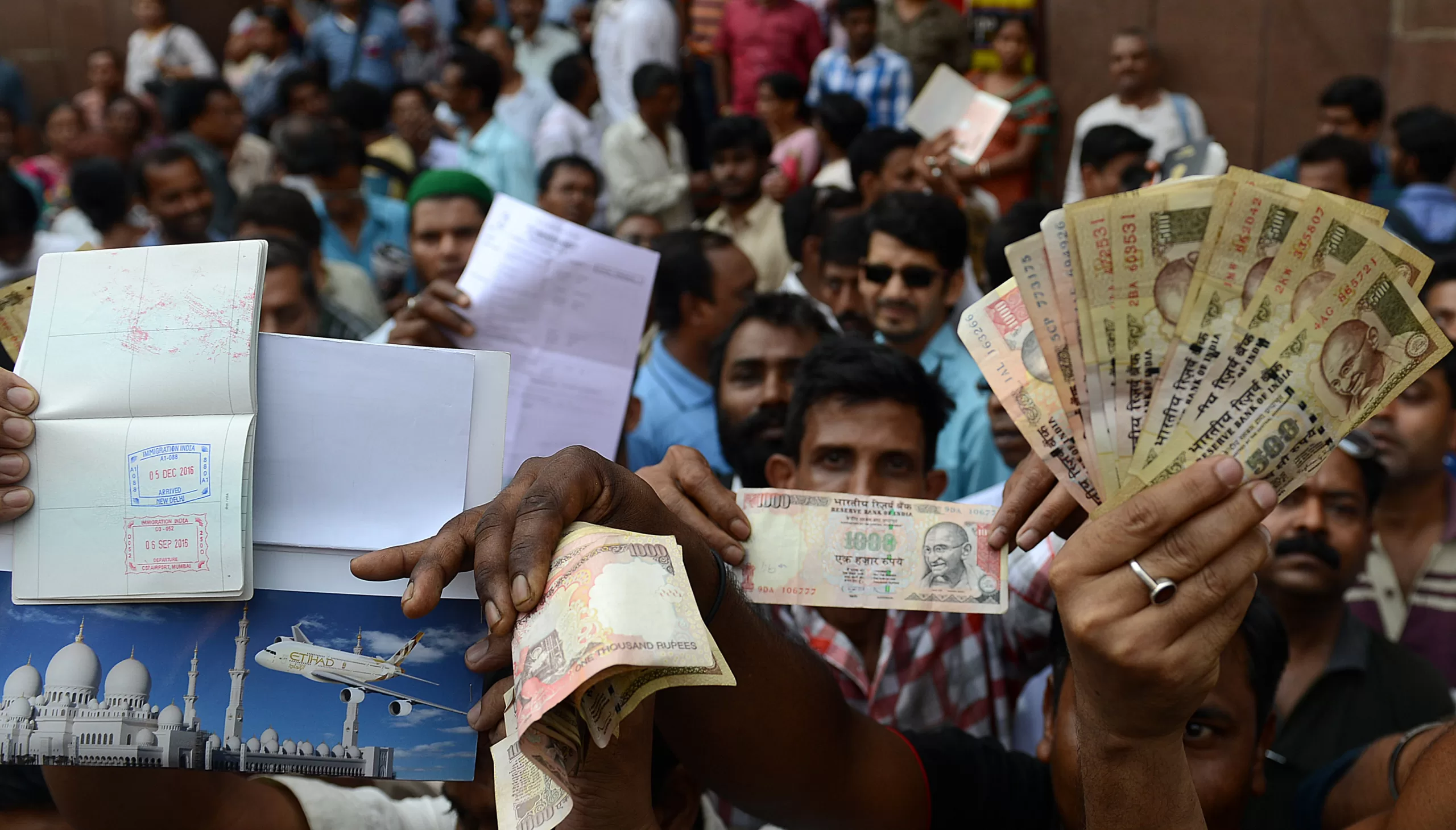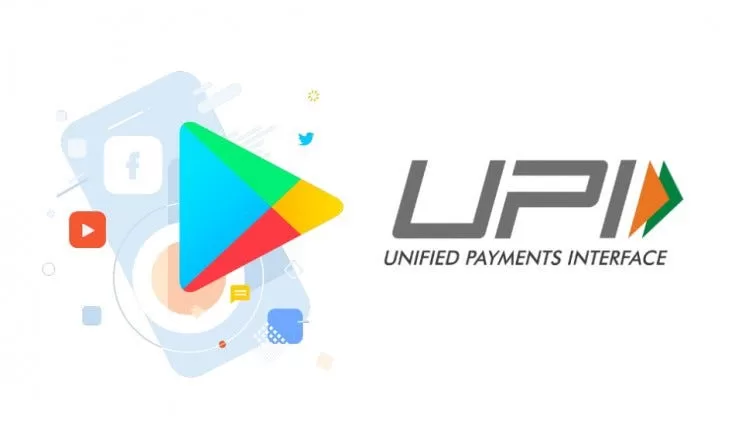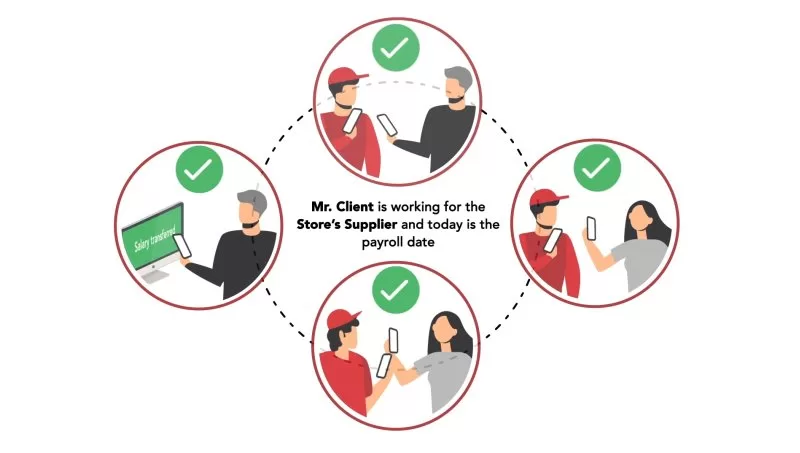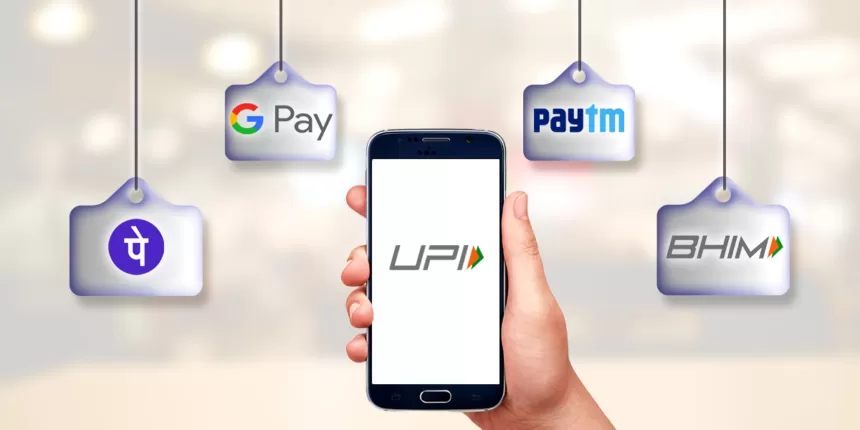Digital Transactions In Bharat registered a growth of 13.24% in a year through March 2023, as per RBI’s index that measures the adoption of online transactions. RBI’s Digital Payments Index (RBI-DPI) stood at 395.57 at end-March 2023 compared to 377.46 in September 2022 and 349.30 in March 2022.
ContentsIntroductionHistorical PerspectiveEarly Forms of Transactions in BharatEmergence of Digital PaymentsIntroduction of Debit and Credit Cards**Initial Mobile Payment SolutionsThe Game Changer: DemonetizationImmediate Impact on Cash TransactionsSurge in Digital PaymentsRise in Mobile Wallet UsageUPI AdoptionThe Rise of Unified Payments Interface (UPI)Introduction to UPIFeatures and BenefitsUPI’s Role in Revolutionizing Digital TransactionsPeer-to-Peer PaymentsBill PaymentsE-commerce TransactionsGovernment Initiatives and RegulationsBharat’s Push for a Digital EconomyRegulatory FrameworkReserve Bank of Bharat (RBI):Digital Payment EcosystemKey Players in the IndustryBanksPayment Service ProvidersFintech StartupsMobile Wallets vs. UPIBharat’s Unique QR Code-Based PaymentsThe Role of SmartphonesSmartphone Penetration in BharatMobile Banking AppsGrowth of Contactless PaymentsBharat’s Rural Digital RevolutionExpanding Digital Transactions in Rural AreasGovernment Initiatives for Rural InclusionChallenges and SolutionsCash vs. Digital: Changing Consumer BehaviorShift in Consumer PreferencesFactors Influencing AdoptionSecurity Concerns and MitigationsThe Influence of E-commerceE-commerce Boom in BharatOnline Marketplaces and Payment IntegrationCash-on-Delivery vs. Digital PaymentsDigital Transactions in the Post-COVID EraPandemic’s Impact on Digital TransactionsContactless Payments and Hygiene MeasuresAccelerated Adoption of Online ServicesInnovations in Digital Transactions In BharatIntroduction of Biometric AuthenticationVoice-Activated PaymentsCryptocurrency and Digital AssetsChallenges on the Path to LeadershipSecurity Threats and CybercrimesFinancial Inclusion Challenges**Infrastructure and Connectivity IssuesBharat’s Global Position in Digital TransactionsComparing Bharat to Other Nations**Exports of Digital Payment SolutionsCollaborations with International PlayersFuture Trends and PredictionsArtificial Intelligence in Digital TransactionsIntegration of IoT and Digital PaymentsBharat’s Roadmap to Continued LeadershipConclusionIn a world that’s constantly evolving, India, affectionately known as Bharat, has not just kept pace but has surged ahead, especially in the realm of digital transactions. From being primarily a cash-based economy, Bharat has undergone a remarkable transformation to become a global leader in digital payments.
In this journey, the country has embraced technological innovations, government initiatives, and changing consumer behaviors to revolutionize the way transactions are conducted. This article takes you on a whirlwind tour of Bharat’s evolution in digital transactions, highlighting key milestones, challenges, and the promising future that lies ahead.
Introduction
The digital transformation of Bharat is nothing short of a modern-day epic. The transition from traditional barter systems and cash transactions to the widespread use of digital payment methods has been swift and awe-inspiring. At the heart of this transformation lies the significance of digital transactions, not just as a convenient means of exchange but as a catalyst for financial inclusion, economic growth, and global recognition.
Historical Perspective
Early Forms of Transactions in Bharat
Before the digital age dawned, Bharat’s economy relied heavily on traditional modes of transactions. The barter system, where goods and services were exchanged directly, was prevalent. As society progressed, paper money and coins became the norm.
Emergence of Digital Payments
The emergence of digital payments marked a significant turning point in Bharat’s financial landscape. Before the widespread adoption of digital payments, Bharat primarily relied on traditional cash-based transactions, which had limitations in terms of convenience, security, and accessibility. Here’s an explanation of how digital payments began to gain prominence in Bharat:
Introduction of Debit and Credit Cards**
The initial wave of digitalization in Bharat came with the introduction of debit and credit cards. These plastic marvels made it possible to conduct cashless transactions at merchant outlets and ATMs.
Initial Mobile Payment Solutions
Around the same time, early mobile payment solutions entered the market. These paved the way for Bharat’s future dominance in the digital payments sector.
The Game Changer: Demonetization

In November 2016, Bharat embarked on a bold experiment known as demonetization. Overnight, high-denomination currency notes were invalidated, leading to a sudden scarcity of cash. This disruptive move forced the nation to explore alternative means of payment.
Immediate Impact on Cash Transactions
The immediate impact was chaotic, with long queues at banks and ATMs. But this inconvenience ignited a spark of innovation and a surge in digital payments.
Surge in Digital Payments
The surge in digital payments in Bharat refers to a dramatic increase in the adoption and usage of digital payment methods, particularly following the government’s decision to demonetize high-denomination currency notes in November 2016. This surge marked a pivotal moment in the country’s transition from cash-based transactions to digital transactions. Here’s a more detailed explanation:
Rise in Mobile Wallet Usage
Mobile wallets like Paytm, PhonePe, and Google Pay saw a meteoric rise in popularity. Suddenly, people were using their smartphones for everything from paying for groceries to booking a cab.
UPI Adoption
The Unified Payments Interface (UPI) emerged as a game-changing innovation during this period. UPI simplified peer-to-peer transactions, bill payments, and e-commerce transactions, making digital transactions accessible to the masses.
The Rise of Unified Payments Interface (UPI)

The rise of the Unified Payments Interface (UPI) is a significant chapter in Bharat’s journey towards becoming a world leader in digital transactions. UPI, launched in 2016, has played a transformative role in revolutionizing the way financial transactions are conducted in the country. Here’s a closer look at the key aspects of UPI’s rise:
Introduction to UPI
UPI, launched in 2016, was a game-changer. It allowed users to link their bank accounts to a mobile app, enabling seamless money transfers.
Features and Benefits
The convenience of UPI was unparalleled. Users could transfer money instantly, 24/7, without disclosing sensitive bank details. UPI also facilitated payments using QR codes, making transactions as simple as scanning a code.
UPI’s Role in Revolutionizing Digital Transactions
The Unified Payments Interface (UPI) has played a pivotal role in revolutionizing digital transactions in Bharat, transforming the way people conduct financial transactions. Here’s a closer look at UPI’s significant role in this revolution:
Peer-to-Peer Payments
One of UPI’s standout features was its ability to facilitate peer-to-peer payments effortlessly. Friends splitting bills or vendors receiving payments could do so with a few taps on their smartphones.
Bill Payments
Paying utility bills, such as electricity, water, and gas, became a breeze through UPI-enabled apps. Users could set up recurring payments and avoid late fees.
E-commerce Transactions
The e-commerce sector witnessed an unprecedented boost due to UPI. Seamless payments, coupled with the growth of online marketplaces, catapulted Bharat into a digital shopping frenzy.
Government Initiatives and Regulations
Bharat’s journey towards digital leadership was complemented by strategic government initiatives and a robust regulatory framework.
Bharat’s Push for a Digital Economy
The Digital India campaign, launched in 2015, aimed to transform Bharat into a digitally empowered society. It focused on providing digital infrastructure, delivering services digitally, and promoting digital literacy.
Regulatory Framework
he regulatory framework surrounding digital transactions in Bharat has played a crucial role in ensuring the security, stability, and responsible growth of the digital payments ecosystem. Here’s a closer look at the key aspects of the regulatory framework:
Reserve Bank of Bharat (RBI):
The Reserve Bank of Bharat (RBI) is the country’s central bank, and it plays a pivotal role in regulating digital transactions. Some of the key responsibilities and guidelines issued by RBI include:
- Licensing and Oversight: RBI oversees payment service providers, including banks, non-banking financial companies (NBFCs), and payment system operators. It grants licenses to entities wanting to offer digital payment services, ensuring that they adhere to strict regulatory standards.
- Security Measures: RBI mandates robust security measures to protect customer data and financial transactions. This includes requirements for encryption, two-factor authentication, and data protection standards.
- Interoperability: RBI promotes interoperability in digital payment systems. It ensures that users can transact seamlessly across different payment platforms and banks, enhancing the convenience and accessibility of digital payments.
- Transaction Limits: RBI sets transaction limits for different types of digital payments, helping prevent misuse and fraud.
Digital Payment Ecosystem

Bharat’s digital payment ecosystem is a complex web of key players, each contributing to its growth.
Key Players in the Industry
Banks
Traditional banks embraced digitalization by offering mobile banking apps and UPI integration.
Payment Service Providers
Companies specializing in payment processing entered the market, offering innovative solutions to businesses.
Fintech Startups
Fintech startups disrupted the industry with innovative payment apps, contributing significantly to the digital revolution.
Mobile Wallets vs. UPI
While mobile wallets initially gained popularity, UPI eventually overshadowed them due to its interoperability and wider acceptance.
Bharat’s Unique QR Code-Based Payments
QR codes became ubiquitous, from small street vendors to upscale restaurants. Scanning a QR code became synonymous with making payments in Bharat.
The Role of Smartphones
Smartphone Penetration in Bharat
The proliferation of affordable smartphones played a pivotal role in digital transformation. Even in remote villages, smartphones became tools of empowerment. According to Statista:
In 2023, the penetration rate of smartphone in India reached 71 percent and was estimated to reach 96 percent in 2040. In 2022, the volume of smartphone shipments across India was around 144.3 million.
Mobile Banking Apps
Traditional banks and fintech companies launched user-friendly mobile banking apps, allowing users to manage their finances on the go.
Growth of Contactless Payments
Contactless payments, facilitated by near-field communication (NFC) technology, gained momentum. Customers could now make payments by simply tapping their smartphones or cards.
Bharat’s Rural Digital Revolution
Digital transactions weren’t limited to urban centers. Bharat’s rural areas witnessed a digital revolution of their own.
Expanding Digital Transactions in Rural Areas
Government initiatives like the Pradhan Mantri Jan-Dhan Yojana aimed to provide banking services to every household, including those in remote areas.
Government Initiatives for Rural Inclusion
Initiatives like Bharat BillPay and Aadhaar-based payments simplified transactions for rural residents, promoting financial inclusion.
Challenges and Solutions
Challenges such as low internet connectivity and digital illiteracy were addressed through infrastructure development and awareness campaigns.
Cash vs. Digital: Changing Consumer Behavior
The shift from cash to digital transactions wasn’t just a technological shift; it represented a profound change in consumer behavior.
Shift in Consumer Preferences
Consumers found digital transactions more convenient, leading to a significant shift in payment preferences.
Factors Influencing Adoption
Factors such as convenience, security, and incentives like cashback offers played a vital role in driving digital adoption.
Security Concerns and Mitigations
Despite the convenience, concerns about cybersecurity and fraud remained. However, continuous efforts were made to enhance security measures.
The Influence of E-commerce
E-commerce played a pivotal role in the digital revolution of Bharat.
E-commerce Boom in Bharat
The proliferation of online marketplaces and the availability of a wide range of products online fueled the e-commerce boom.
Online Marketplaces and Payment Integration
E-commerce platforms integrated seamlessly with digital payment methods, offering a frictionless shopping experience.
Cash-on-Delivery vs. Digital Payments
While cash-on-delivery was once the preferred option, digital payments gradually gained trust, leading to a decline in cash transactions.
Digital Transactions in the Post-COVID Era
The COVID-19 pandemic accelerated the adoption of digital transactions in Bharat.
Pandemic’s Impact on Digital Transactions
Hygiene concerns and lockdowns prompted a surge in online shopping and contactless payments.
Contactless Payments and Hygiene Measures
Contactless payments gained prominence as they reduced the need for physical contact with cash and cards.
Accelerated Adoption of Online Services
E-learning, telemedicine, and remote work further accelerated digital transactions and services during the pandemic.
Innovations in Digital Transactions In Bharat
Bharat’s journey into digital transactions was marked by continuous innovation.
Introduction of Biometric Authentication
Biometric authentication methods like fingerprint and iris scans added an extra layer of security to digital payments.
Voice-Activated Payments
Voice-activated payments through virtual assistants like Alexa and Google Assistant became a reality, simplifying transactions.
Cryptocurrency and Digital Assets
Bharat also saw growing interest in cryptocurrencies and digital assets, though regulatory clarity remained a challenge.
Challenges on the Path to Leadership
Bharat’s digital transformation journey was not without its challenges.
Security Threats and Cybercrimes
As digital transactions surged, so did cybercrimes. Phishing attacks, malware, and data breaches posed significant threats.
Financial Inclusion Challenges**
While digital transactions expanded rapidly, ensuring that everyone, including those in remote areas, had access to digital financial services remained a challenge.
Infrastructure and Connectivity Issues
In remote areas, limited internet connectivity and inadequate infrastructure hindered the growth of digital transactions.
Bharat’s Global Position in Digital Transactions
Comparing Bharat to Other Nations**
Bharat’s digital transformation story earned it recognition on the global stage. It was compared favorably to other nations undergoing similar transitions.
Exports of Digital Payment Solutions
Bharat began exporting its expertise in digital payments, providing software and know-how to other countries.
Collaborations with International Players
Collaborations with international tech giants and fintech companies further solidified Bharat’s position as a global leader in digital transactions.
Future Trends and Predictions
The journey doesn’t stop here. Bharat’s digital transaction landscape continues to evolve.
Artificial Intelligence in Digital Transactions
Artificial intelligence promises to make transactions even more efficient and secure, with personalized recommendations and fraud detection.
Integration of IoT and Digital Payments
The Internet of Things (IoT) is set to revolutionize how payments are made, from smart homes to connected vehicles.
Bharat’s Roadmap to Continued Leadership
With ongoing innovations, policy support, and international collaborations, Bharat is poised to maintain its leadership in the world of digital transactions.
Conclusion
The evolution of digital transactions in Bharat is a testament to the nation’s adaptability and innovation. From humble beginnings in a cash-dominated economy to becoming a global leader in digital payments, Bharat’s journey is nothing short of extraordinary. As the world watches in awe, Bharat’s roadmap to continued leadership in digital transactions promises a future where convenience, security, and financial inclusion go hand in hand, leading the way for nations worldwide to follow suit.




